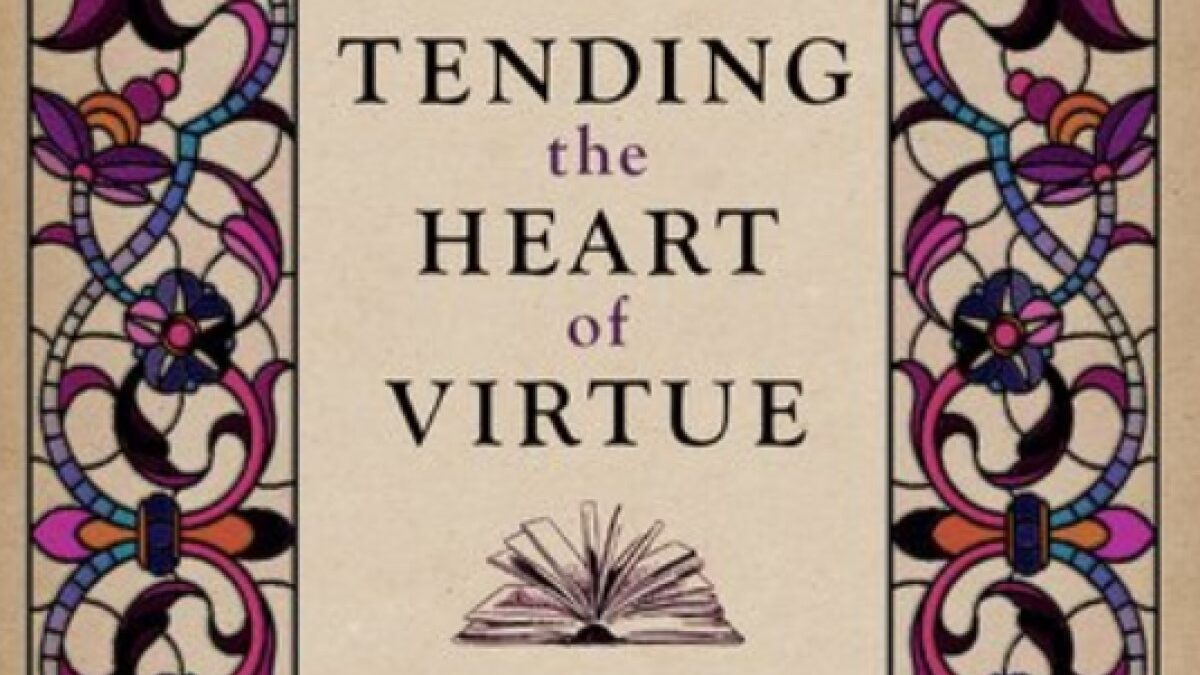
In the sixth lecture of Hillsdale College’s free online course on the young Jane Austen (which you can take along with me here), Lorraine Murphy, an English professor at the college, explains why the young author pulled off a feat of genius in her work “Northanger Abbey.”
Reading People: More Difficult Than Reading Books
The story follows our heroine, Catherine Morland, who is an avid reader of Gothic fiction. Austen uses her affection for this genre and aversion to any other type of written work to teach readers a lesson. After trying — and failing — to apply to real life the tropes from the Gothic novels she avidly reads, Catherine learns that reading people is much more difficult than reading books.
Throughout Catherine’s journey of personal growth, Austen pokes fun at saccharine devices and over the top tropes often present in popular fiction of her day. Unlike popular fiction works, the protagonist in “Northanger Abbey” is not a breathtaking beauty who exhibits superior character all throughout the pages of the book. She is average-looking young woman who must learn and grow from her experiences.
Although much of the story takes place in a Gothic setting, there is no overarching haunting mystery figure out to attack the leading lady. Catherine learns that in real life, things do not play out like they do in the pages of popular fiction. In this lesson Austen shows her audience the absurdities of the genre.
While she does criticize aspects of Gothic novels, Austen is also careful not to condemn the genre as a whole. Indeed, our heroine and her love interest, Henry Tilney, make earnest defenses of these works throughout their conversations with one another. The author appreciates the advances in literature made by her contemporaries, but she understands the books that will be written in the future should abandon some aspects that have gone stale.
Emotional Conflict Is Often More Difficult Than A Villain
In the final chapters of the book, Catherine remains a happy guest of the Tilney home, where the patriarch, General Tilney, drops hints that she will soon marry his son. One day, General Tilney returns home late and abruptly tells Catherine that she is no longer welcome in their home and must leave the next morning — in a hired carriage, no less!
Throughout the last night she spends at the abbey, Catherine tosses and turns in the throes of anxiety. The place she earlier thought was hiding some dark secret and where she spent shivering under the covers in fear is now the place she suffers emotionally from a rude slight from her would-be father-in-law. Thus Austen is sending the message that human beings and relationships are far more complex to live through and flesh out in the pages of a book than the types of tensions and conflicts one might expect to see throughout a Gothic novel’s pages.
Throughout the 70-mile carriage ride home, Catherine is unafraid because she is too anxious to be scared. In a typical Gothic novel, one might expect the heroine to be placed in a long carriage ride against her will, but under circumstances that are much darker and overtly sinister, with an aggressor keeping her hostage rather than a lapse in contemporary manners. When Catherine returns home, her family lovingly welcomes her, as do her old friends, the Allens — a departure from what a typical Gothic novel heroine might expect upon arriving at the place where the carriage took her.
Days later, Henry arrives to the Morland’s home to apologize for his father’s inhospitable behavior and asks her to marry him, a proposal Catherine eagerly accepts. We learn later that General Tilney had been encouraging their union throughout the book because he was misinformed and thought she was an heiress of a massive estate. When he learns that she is not fabulously wealthy, he sends her away in a huff. The general later learns that while she is not the beneficiary of a great fortune, her family is well off enough to provide Catherine and her husband a comfortable salary and approves the match.
In the end, the two are wed. In the final pages of “Northanger Abbey,” Austen writes that the couple was brought together through mutual affection and that Henry Tinley’s affection for Catherine is rooted in gratitude for her feelings for him. She’s implying that the typically overwrought and dramatic type of romance on display in most fictitious works does not hold a candle to real love that is rooted in a commitment to one’s husband or wife. Happy endings and “perfect happiness” are often brought about through ordinary and conventional means — means that ought not to be dismissed because they are less sexy than the conventions used in a Gothic novel.









